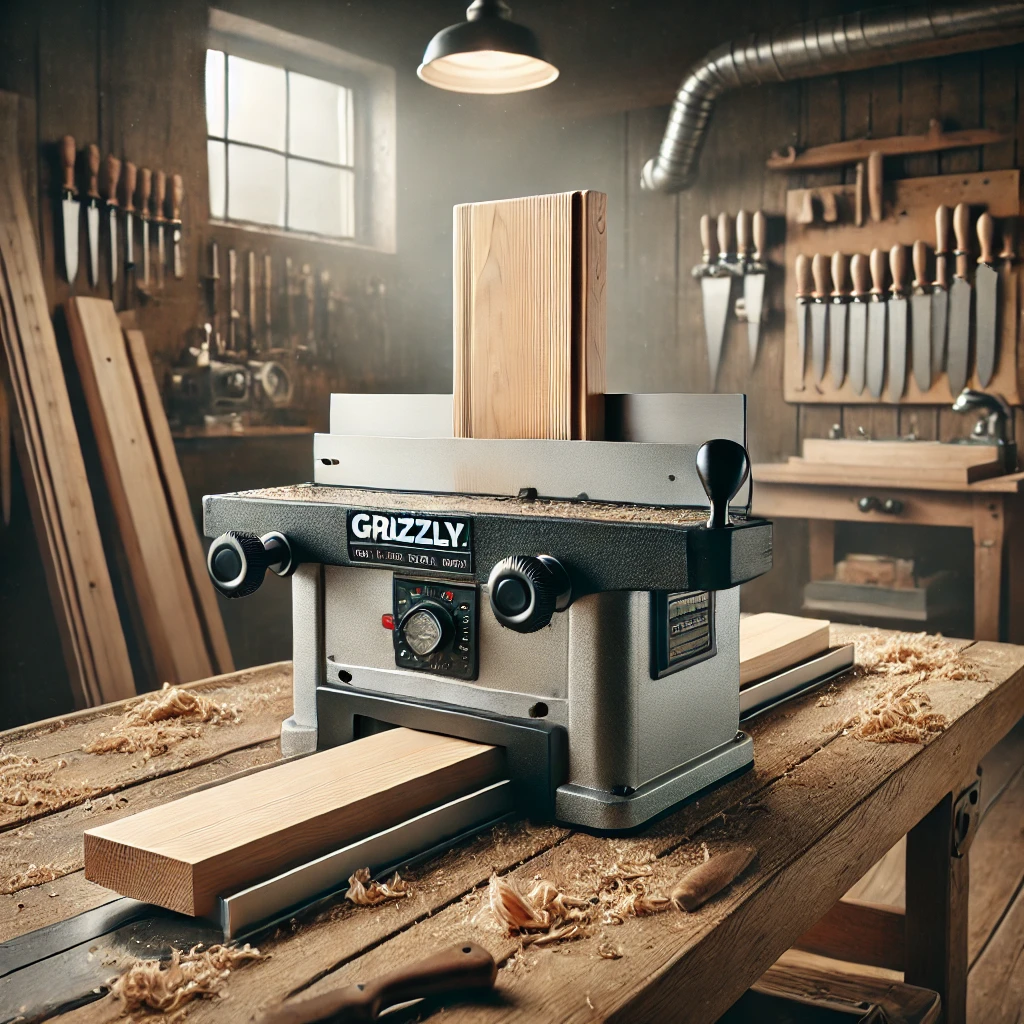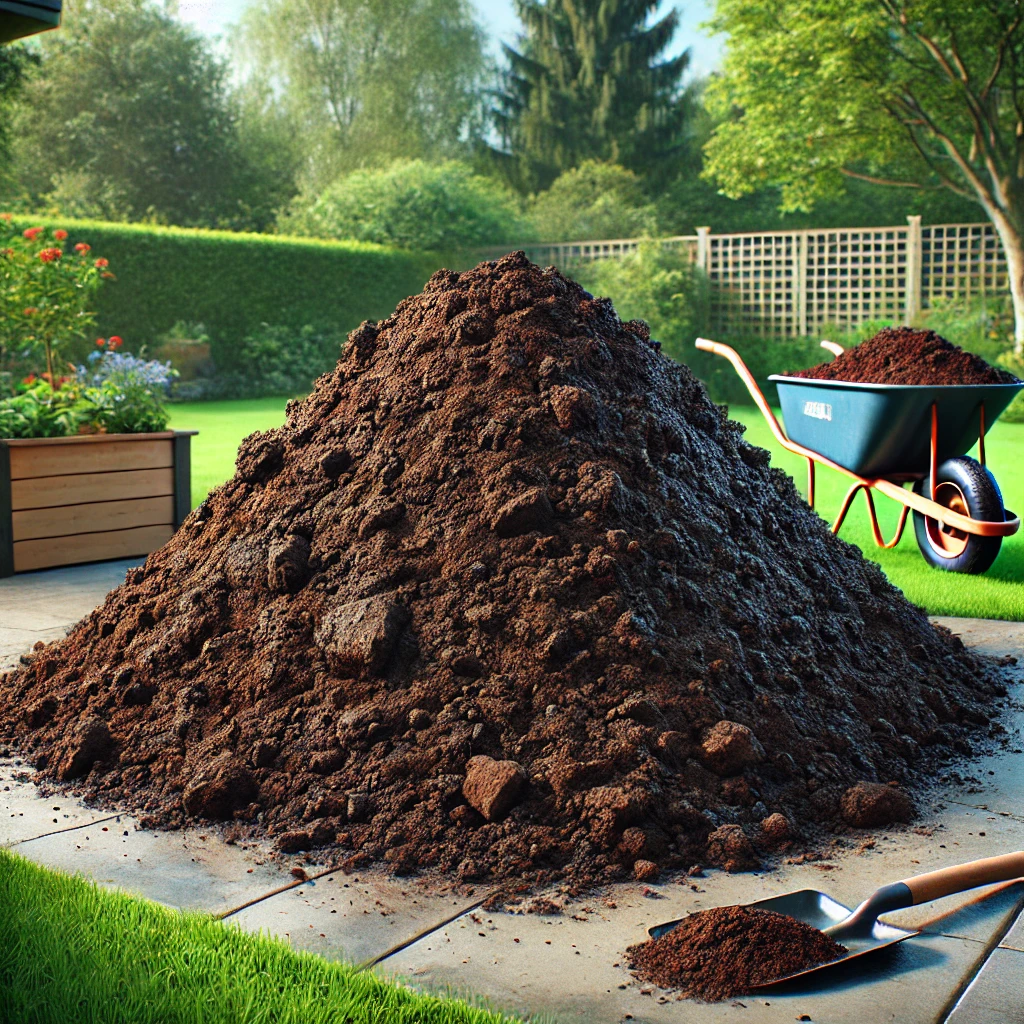Introduction
Woodworkers who both amateur and professional levels look for dependable machinery which provides precise edge trimming features. (The Grizzly Table Top Jointer Planer Snipe solution in detail).The Grizzly table top jointer planer possesses popularity among users because it provides precise and efficient operation. Variable board quality arises frequently from snipe which represents an unwelcome decline at either end of the board when a user operates the machine. The process of snipe control becomes vital since it leads to professional-quality wooden product outcomes.
This article will discuss what occurs with snipe in jointer planer machinery.
Jointer planers create snipe when they cut an excess due to pressure that varies along the length of the wood or from improper feeding methods. The Grizzly jointer planer alongside other benchtop and table top versions of woodworkers encounter this operational problem. Victims of snipe occur as wood passes through the machine since the infeed and outfeed rollers apply distinct amounts of pressure to wood as it enters and leaves the machine.
Why Does Snipe Occur?
Multiple elements affect the appearance of snipe during table top planing with a Grizzly machine. The main cause of misaligned material support leads to irregular feeder motion during the cutter head operation. Downward pressure applied excessively against the wood during machine feeding aggravates the snipe occurrence. A problem occurs because the machine rollers fail to give sufficient support to the board at both its entry and exit point.
How to Reduce Snipe on Your Grizzly Jointer Planer
Proper support for the board during cutting operations represents the top strategy to minimize snipe appearance. The addition of auxiliary support together with extension tables helps ensure a level feeding process. Lifting the board slightly during the first and last part of the pass helps lower the downward force on the material. The alignment between machine infeed and outfeed tables helps minimize the occurrence of snipe problems.
Best Practices for Using a Grizzly Table Top Jointer Planer
An efficient operation of the Grizzly table top jointer planer means adhering to best practices. A uniform feeding speed of wood will produce consistent pressure during operation. Deep cuts applied to the cutter head should be avoided because they create instability. The jointer planer operates optimally with sharp blades and regular maintenance which helps minimize the occurrence of snipe. Sinusoidal planning of boards ahead of time enables users to cut down material waste effectively.
The main mistakes which cause Snipe occur during wood processing.
Users frequently deal with amateur setup errors that cause the experienced excessive sniping behavior. Rushing the feeding process between belirli points creates unlevel pressure which raises risk of snipe occurrence. Insufficient board end support stands out as a frequent operation error which leads to tiny droplets along the board edges. The failure to maintain blades properly along with ignoring table leveling procedures creates uneven cuts during machining sessions.
Your Grizzly Jointer Planer needs proper upkeep for achieving its best performance levels.
The essential requirement for preserving your jointer planer at peak performance involves routine maintenance procedures. A proper cleaning of the cutter head combined with checking blade sharpness creates smoother cutting operations that produce less snipe. Regular lubrication of moving parts alongside cleaning of both infeed and outfeed tables will block uneven material feeding. By periodically adjusting the table alignment together with roller tension users can maximize operational performance and reduce measurement inaccuracies.
Conclusion
Woodworkers who own a Grizzly table top jointer planer must properly address snipe because it usually causes frustrating performance issues. Users who identify and apply proper techniques to reduce snipe will obtain cleaner and more uniform cuts from their jointer. Machines work best with proper setups combined with materials resting on supports in addition to maintenance schedules which work together to minimize snipe and enhance woodworking outcomes.
FAQs
1. Are there any possibilities to fully eliminate snipe occurrences when operating a Grizzly table top jointer planer?
The combination of appropriate techniques including feed pressure control together with support tables functions to minimize snipe occurrence in the woodshop.
2. Attaching appropriate support to extended wood pieces constitutes the best practice for stopping snipe from developing.
Extension tables or roller stands deliver uniform support to boards during cutting to stop the ends from sinking.
3. Does blade sharpness affect snipe?
The combination of dull blades results in unbalanced cuts which intensifies the occurrence of snipe. The use of either blade sharpening or replacement helps to ensure accurate cuttings with neat results.
4. When should I modify the distance between the infeeding and outfeeding tables?
A simple periodic inspection of both tables will help users achieve alignment which minimizes snipe formation while delivering enhanced cutting consistency.
5. Does the market offer any accessories for reducing snipe?
User-supported accessories which include precision leveling tools and auxiliary support rollers help decrease snipe occurrence and enhance the quality of planer operation.





